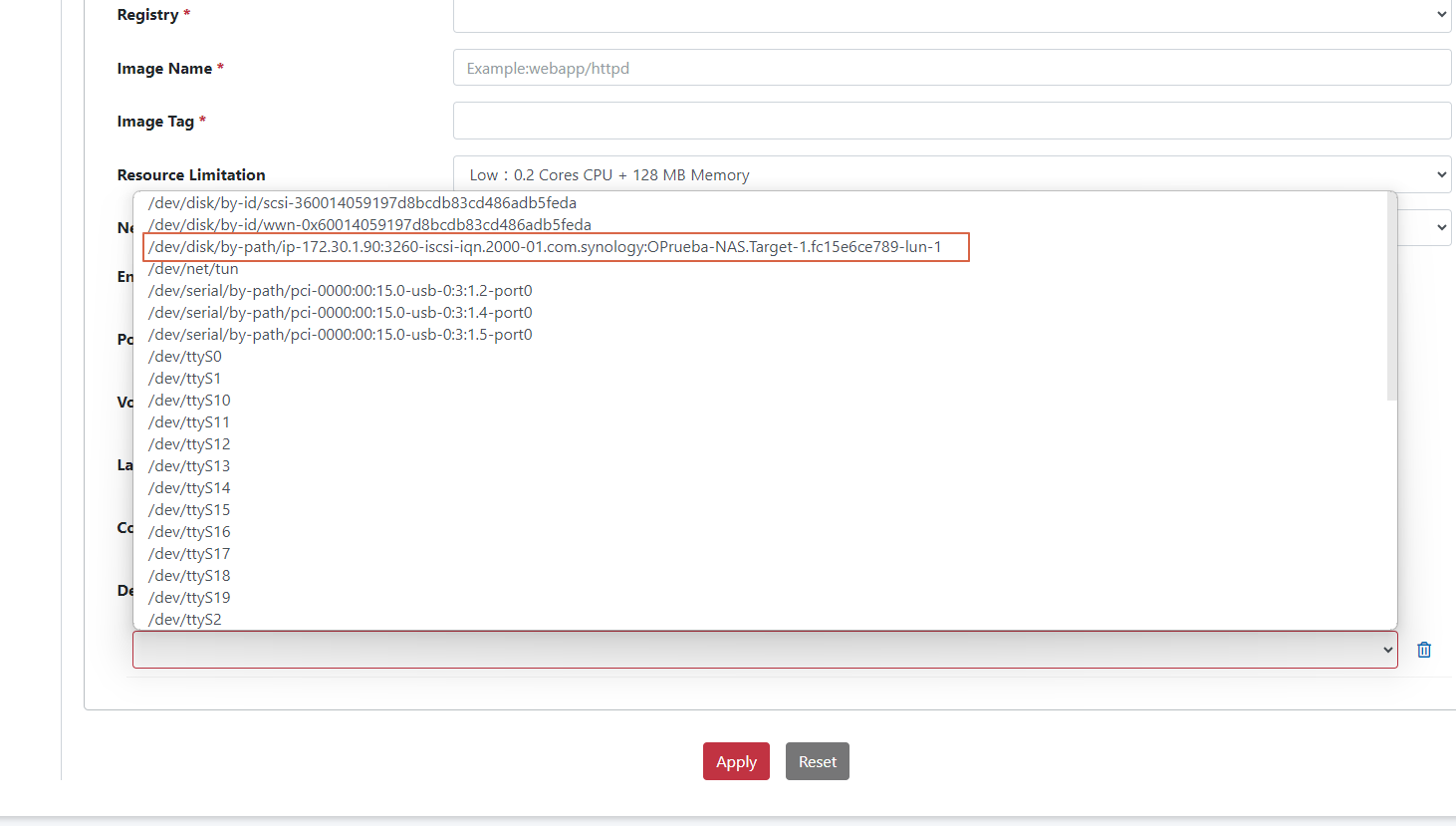iSCSI Initiator
Version 2.0
iSCSI (Internet Small Computer System Interface) is a protocol that operates over TCP/IP networks to send SCSI commands, enabling the sharing of an entire hard drive over the network with a client as a Storage Area Network (SAN). iSCSI provides block-level access to storage devices over standard Ethernet networks, making it a cost-effective and scalable solution for managing storage resources. This allows clients to use remote storage resources as if they were locally attached, offering greater flexibility and scalability in data management and storage solutions.
iSCSI Initiator Setting
Step 1. Create iSCSI Target (Server Side).
Step 2. Go to Settings > iSCSI Initiator page.
Step 3. Click Add Button.
Step 4. Type Name and select Authentication mode.
Step 5. Enter the iSCSI target server IP and port and click “Discovery” button to find the portal and IQN.

Step 6. Select Or Type Portal, the format will be IP: Port.
Step 7. Select Or Type IQN.
The format suggested is iqn.YYYY-MM.com.reversed.domain[:optional_string]
Step 8. Click Add button. 
Step 9. Click Login icon. 
The status has turned green.

Step 10. Go to Application > Template > Container > Add Template page.
In the Add device option, you can select the item with the iSCSI device name.

|
Name |
Description |
|
iSCSI Initiator |
Client-side device to access storage resources on an iSCSI target. |
|
iSCSI Target |
Server-side storage resource, such as a disk or LUN. |
|
CHAP (Challenge-Handshake Authentication Protocol) |
An authentication protocol used to secure communication between iSCSI initiators and targets by verifying identities. |
|
Discovery |
Find nearby iSCSI target servers. |
|
Portal |
The network interface or IP address through iSCSI target is accessed. It often includes IP address and port number information. |
|
IQN (iSCSI Qualified Name) |
A unique identifier used to name iSCSI devices on a network, ensuring they are distinguishable from each other. |
|
Device Name |
In Application > Template > Container > Add Template, you can select the device field, if it is enabled successfully, the device name will be shown. |
iSCSI description table
